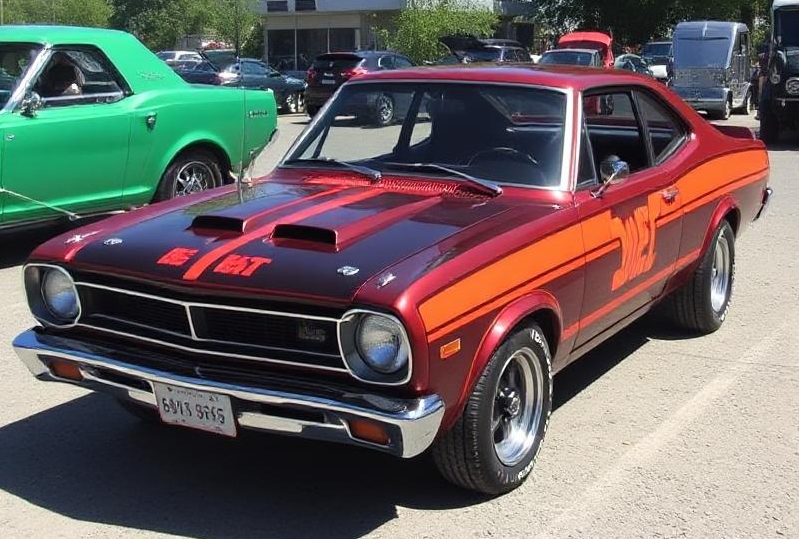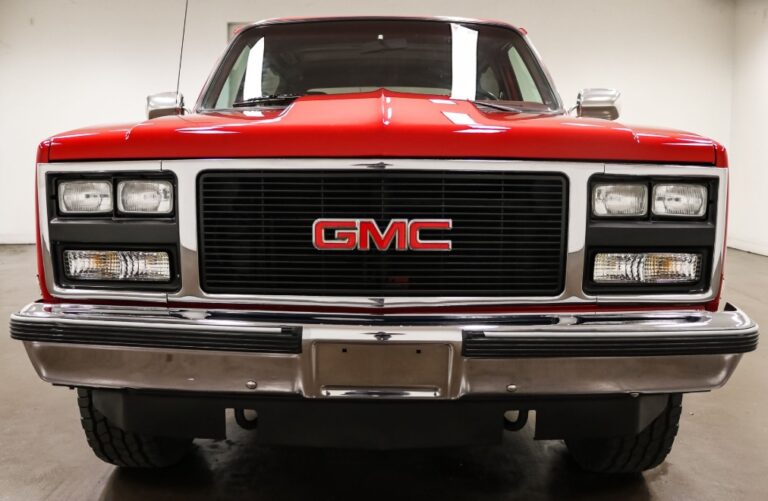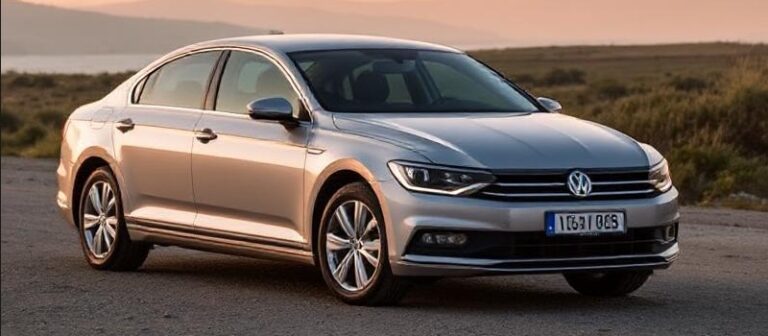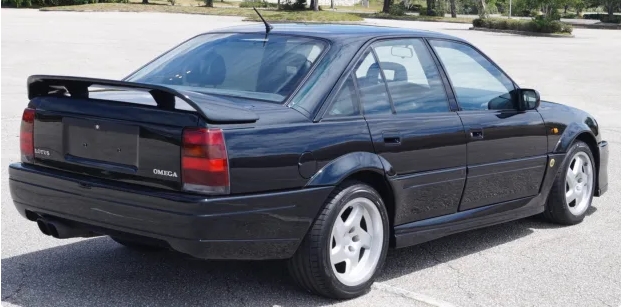The Evolution of the AMC Hornet: From Compact Pioneer to Enthusiast Classic
The AMC Hornet is an iconic nameplate that stands out in the annals of American automotive history. Introduced by American Motors Corporation (AMC) in 1970 and produced until 1977, the Hornet represented a paradigm shift in American automobile design, aiming to compete in the compact car market. Let’s explore the evolution of the AMC Hornet, its development over the years, various models, trim levels offered, and its legacy in American automotive culture.
The Birth of the Hornet (1970)
The AMC Hornet debuted in 1970, during a time when American auto manufacturers were grappled with the rising popularity of compact cars, a trend fueled by the oil crisis and shifting consumer preferences toward fuel efficiency. Original designers aimed to create a vehicle that was practical, affordable, and still offered a dash of sporty performance.
The first-generation Hornet was introduced initially as a two-door coupe, a four-door sedan, and a station wagon. Built on the revised “Amarillo” platform, the Hornet emphasized a sporty design with a distinctive front grille and sleek body lines that appealed to younger drivers. The car was powered by a range of engines, including a 232 cubic inch (3.8 L) inline-six and a larger 258 cubic inch (4.2 L) inline-six for improved performance.
1970-1971: Early Variants and Trim Levels
In its introduction year, the Hornet came with several trim levels. The base model was simply known as the Hornet, while the Hornet SST (Super Sport Touring) added sporty features like bucket seats and upgraded trim. There was also an “Hornet 304” variant that offered a V8 engine option.
By 1971, AMC was seeing positive sales and expanded the Hornet lineup with additional features and models, including:
- Hornet: The base model with standard features.
- Hornet SST: The sporty variant known for its upscale touches.
- Hornet 304: Included the more powerful V8 engine.
1972: The Facelift
In 1972, AMC facelifted the Hornet, with changes to the front-end styling and a more rounded rear end. Engine options continued to include the six-cylinder engines, with the introduction of the 304 V8 becoming a popular choice for buyers looking for more power.
The Hornet was marketed heavily towards families and young drivers, establishing a reputation for being reliable and economical, capable of providing adequate performance and comfort.
1973-1974: Introduction of the Sports Package
With the onset of the fuel crisis in the early 1970s, the emphasis on efficiency became more pronounced. In response, AMC introduced the “Hornet Sports Package” for 1973, which included features aimed at enhancing performance without greatly sacrificing fuel economy. This package included special stripes, upgraded suspensions, and alloy wheels that appealed to the sportier demographic.
The Hornet continued to see slight design tweaks and adjustments to trim levels, including a “base” model, a “Deluxe” model, and the “SST,” with unsparing details focused on functionality and comfort.
1975: A Focus on Safety and Comfort
By the mid-1970s, government regulations regarding automotive safety were beginning to tighten. The 1975 AMC Hornet introduced several safety measures, including reinforced bumpers and more robust safety features. While retaining the compact styling that made it popular, the car’s interior was upgraded for greater comfort, including improved seating and noise dampening.
The changing regulations pushed manufacturers to reassess their designs, and AMC focused on making the Hornet not only fun to drive but also family-friendly, offering ample trunk space and the option of additional features such as air conditioning.
.
You’ve got that cool car, but is it resting in its own cool place?
It’s visually pleasing for the surrounding areas outside of your home to look as awesome as what’s stored inside your garage! If you desire a truly inspirational environment, you should check into these plans!

.
1976: The Hornet Becomes a Compact Standard
By 1976, the Hornet had solidified its position in the compact car market. Various engineering updates helped maintain reliability, and the Hornet was increasingly lauded for its handling characteristics and availability of features competing with foreign imports.
This year also saw the emergence of new trims, such as the sporty “Hornet X.” The Hornet X was revered for its performance upgrades and its customization options that allowed consumers to opt for a variety of appearance packages and performance enhancements.
1977: The Final Year and Legacy
The AMC Hornet’s run concluded in 1977. This final model retained much of its earlier charm while adopting features that were becoming standard across the automotive industry, such as increased emphasis on fuel efficiency. The last model retained the Hornet’s trademark styling but offered improving technologies.
The Hornet was replaced by the AMC Concord which carried forward many of the design elements but positioned itself as a more upscale compact car. The end of the Hornet marked the close of an era for AMC as it attempted to adapt to new market realities.
Models and Trim Levels Over the Years
Throughout its production run, the AMC Hornet offered various models and trim levels, evolving to meet consumer expectations. Here’s a condensed look at the layout:
- 1970-1971
- Hornet
- Hornet SST
- Hornet 304 (with V8 engine)
- 1972-1974
- Hornet
- Hornet SST
- Hornet Sports Package
- 1975
- Hornet (Base)
- Hornet Deluxe
- Hornet SST
- 1976
- Hornet
- Hornet Deluxe
- Hornet X
- 1977
- Hornet (Standard offerings maintained)
Conclusion: The Hornet’s Legacy in Automotive Culture
The AMC Hornet, while not as commonly recognized as some contemporaries, established AMC as a competitor in the compact segment. For enthusiasts today, the Hornet has become a classic representation of 1970s American automobiles, blending style, practicality, and performance. Though no longer in production, the Hornet remains celebrated at car shows and among collectors, symbolizing a significant chapter in automotive history. The Hornet’s evolution reflects broader industry trends and consumer desires, embodying the spirit of innovation and adaptability in an ever-evolving market.







